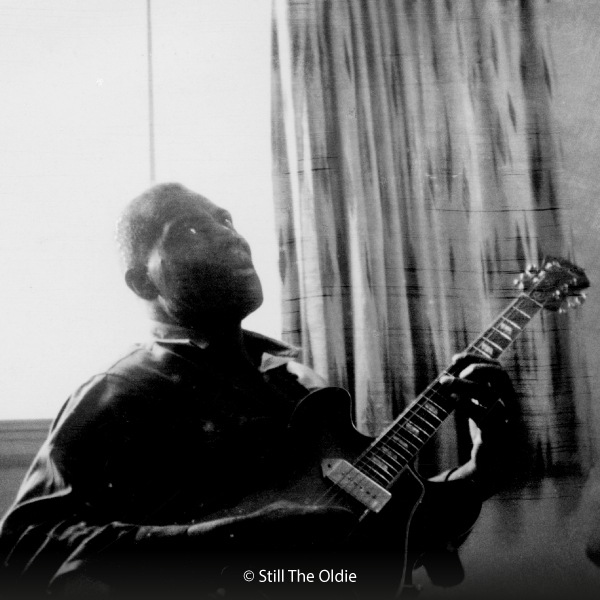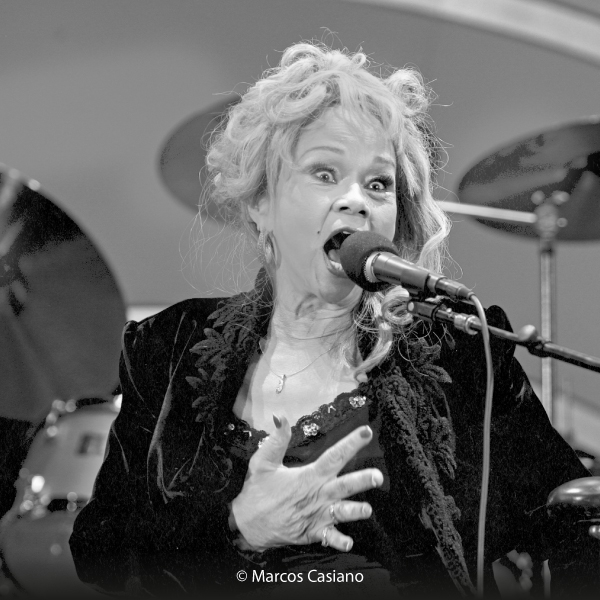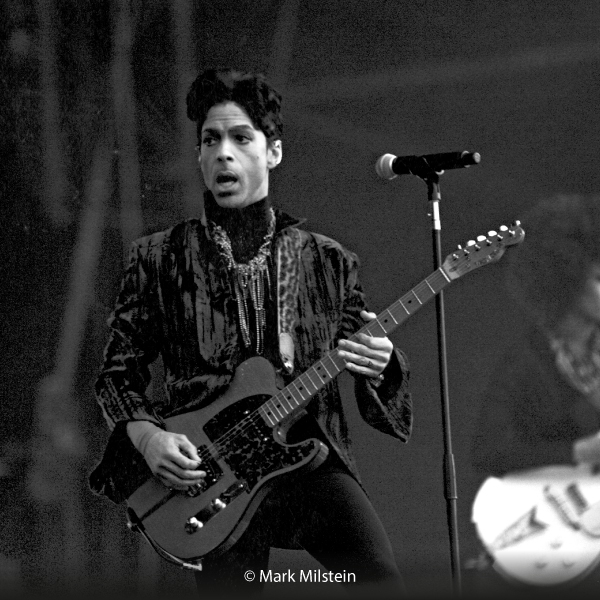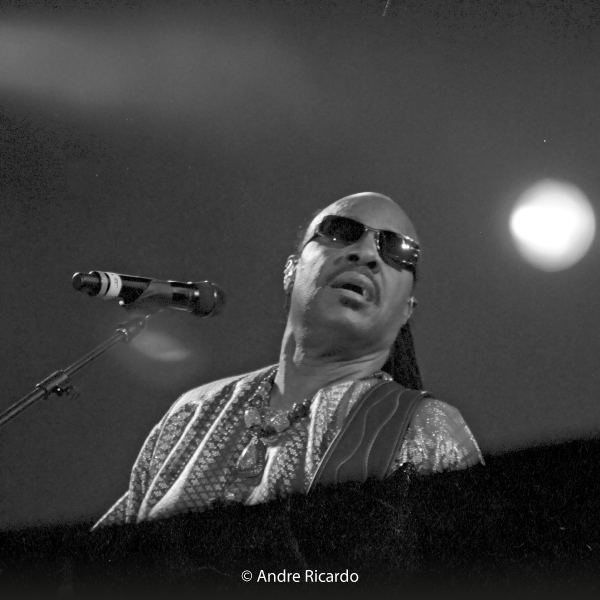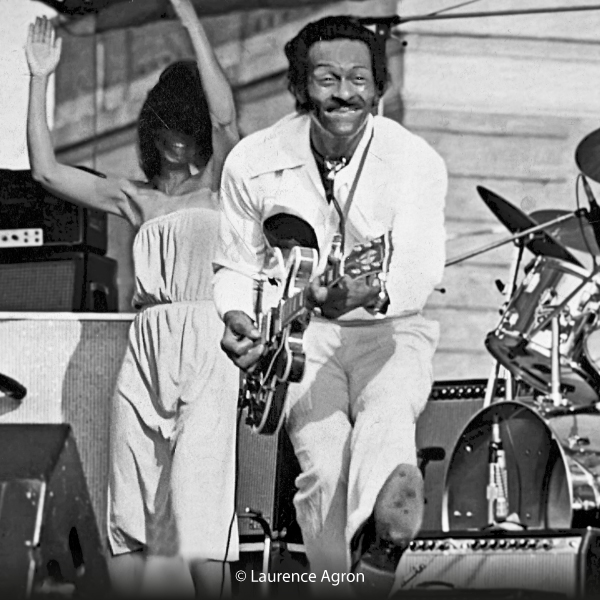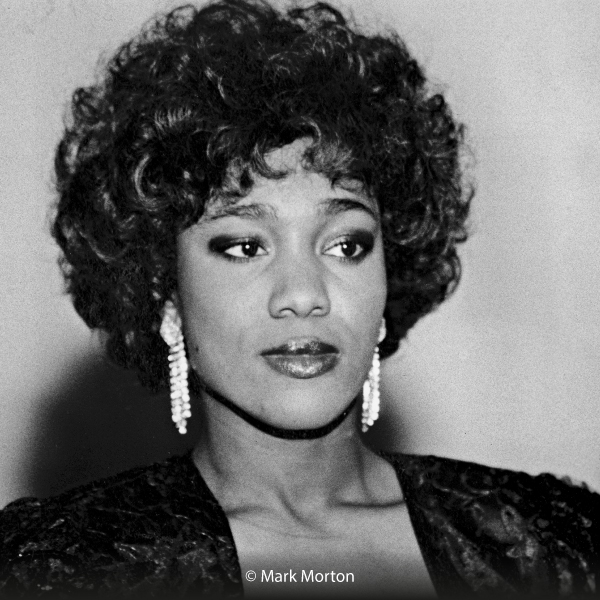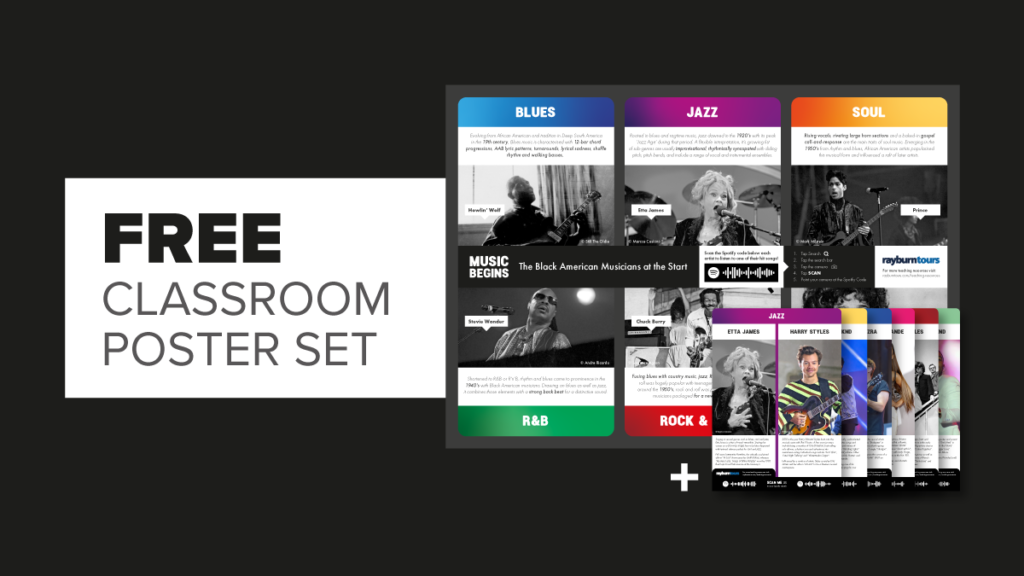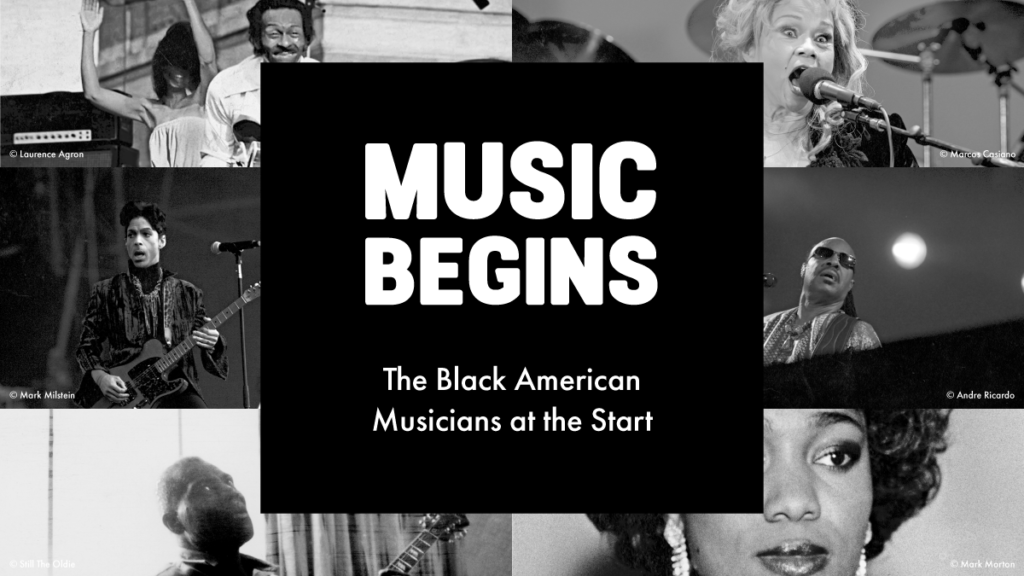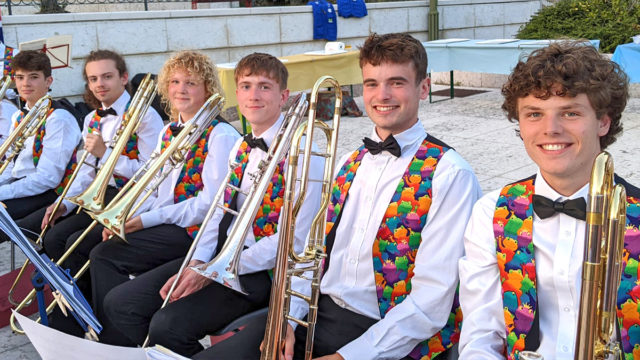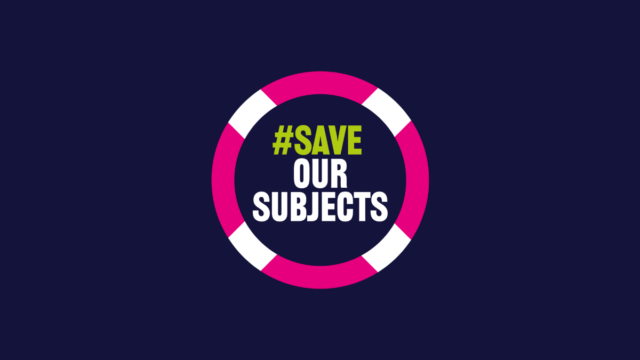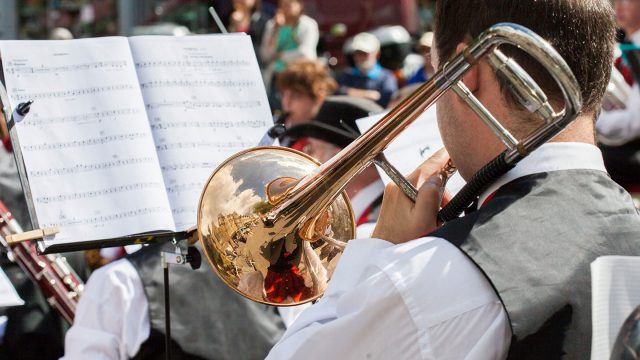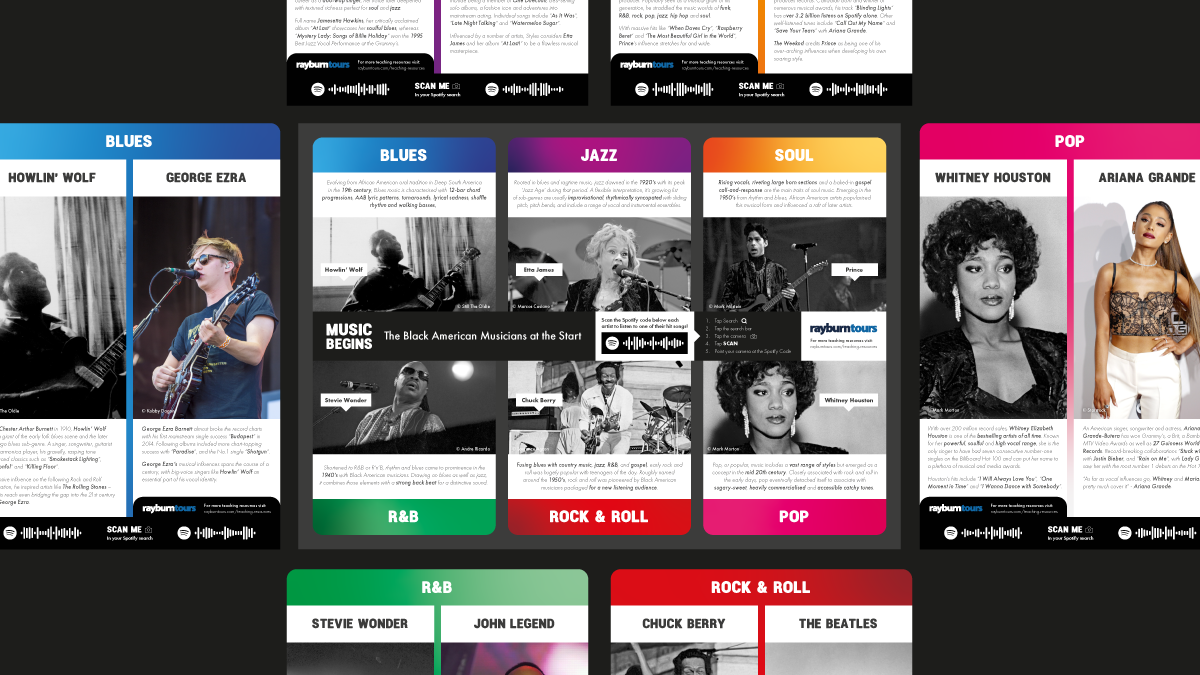
Looking for free teaching resources that engage and excite your music students? Then look no further, as we’ve compiled six ways to teach 6 musical genres.
Building on our stunning student posters, which brought to attention iconic black American musicians in 6 musical genres – we’ve collaborated with Head of Music at Rednock School, Jason Andrews, again and compiled some introductory material for teaching those 6 musical types of blues, jazz, soul, R&B, rock & roll, and pop.
So, read on.
